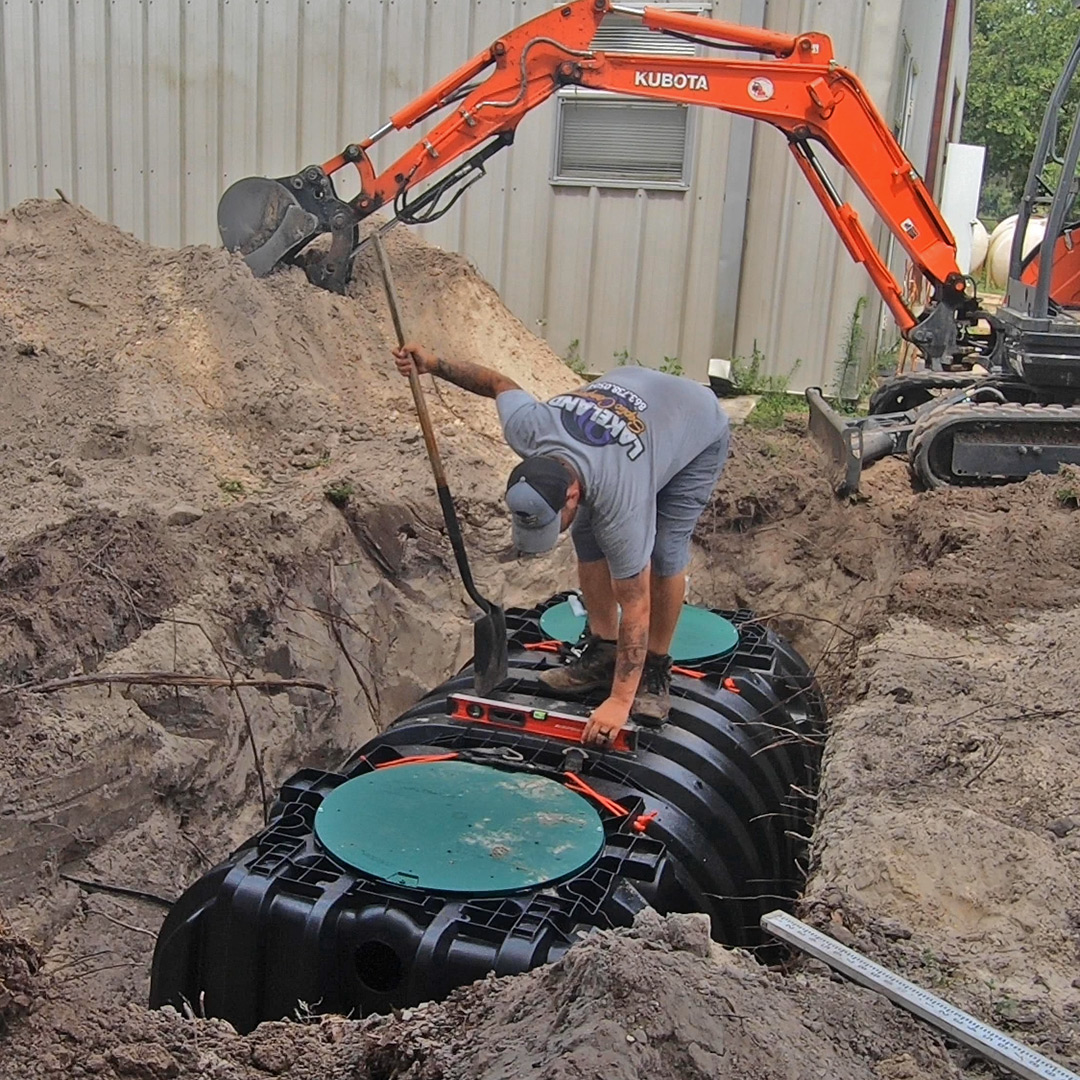A Short History of the Septic System
If you live on the outskirts of the greater Lakeland area, chances are your home is attached to a septic system, not a sewer system. Most of Florida, until the 1980s, used septic systems. According to the University of Florida, 30% of Floridians still use septic tanks; some even use outhouses. You may wonder- how long septic tanks have been in use. With that question in mind, here is a short history of the septic system.
 The Origin of the Septic System
The Origin of the Septic System
Septic tanks are understandably the most recognized component of a septic system, but the whole septic system also includes the piping from the house, a drain field, and sometimes a pump or advanced treatment system. The septic history includes many scientific and technological advancements built around the need for sanitation and waste treatment, especially in areas lacking centralized sewer systems.
As with the septic tank, the basic concept of the septic system dates back to the 19th century. The first complete system was invented and patented by a Frenchman named John Mouras in 1881. The design was simple, involving a concrete tank connected to a home by a series of pipes, with liquid waste flowing out to a leaching field.
Septic Systems Crossing the Pond
The septic system design was brought to the United States around 1883 and gradually gained acceptance as a practical and cost-effective means of dealing with sewage in rural and suburban locations. The basic design, a single tank, and a drain field remained the same for decades. However, by the mid-20th century, the environmental impact of improperly treated sewage became a considerable concern. Untreated or improperly treated waste from failing or poorly designed septic systems could contaminate groundwater, causing public health issues. This issue led to stricter guidelines and regulations surrounding septic system installation, maintenance, and design.
Contemporary Septic Systems
Technological advances began to shape septic system design in the latter part of the 20th century and into the 21st century. The use of new materials such as plastic and fiberglass for tanks increased as they proved more corrosion-resistant than concrete or steel. The understanding of microbiology and the treatment processes improved, developing a more effective and efficient system. Modern septic systems often include enhancements such as pumps, advanced treatment units, and even computerized monitors and controls to ensure optimal performance. Some systems even include additional treatment stages, such as aerobic treatment units, which use oxygen to further break down waste and pathogens.
By the 21st century, septic systems had become highly sophisticated, handling waste treatment in various environmental conditions. While there are still challenges to be faced, including the management of systems in high-density areas and the impacts of climate change, the septic system continues to be a vital tool in global waste management and sanitation.
Upkeep of Your Septic System
It is vital that your septic system be routinely inspected and maintained to prevent issues like toilets overflowing in the middle of the night or sewage bubbling up in your yard after a hard rainstorm. Be sure to have your septic system inspected at least once a year to keep it in good working order.
 Use Lakeland Septic Company to Inspect and Maintain your Septic System
Use Lakeland Septic Company to Inspect and Maintain your Septic System
If you’re overdue for a septic system inspection, call us- In the Polk County area, call us at 863-738-0504 or fill out our simple contact form. One of our septic system experts will set up a time when one of the knowledgeable and experienced techs can inspect your system. Don’t wait until an issue arises; get in touch today.


